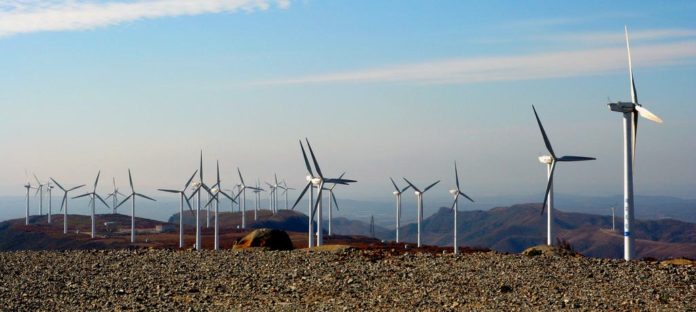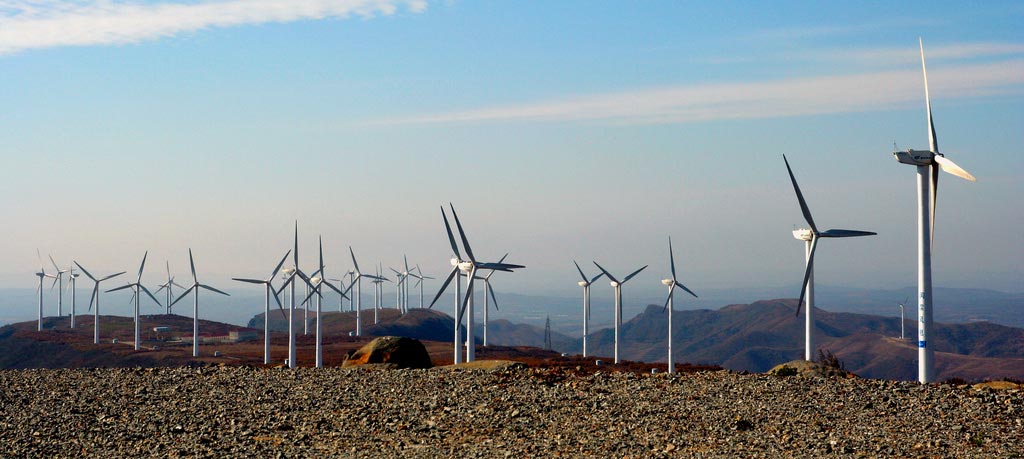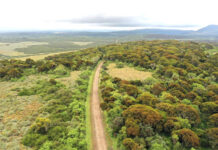By Gabrielle Nina
Sub-Saharan Africa is the most energy-poor region in the world, with 13 per cent of the
world’s population and only four per cent of its energy demand.
In the past decade, sub-Saharan Africa’s economy has expanded rapidly and energy use has risen by 45 per cent. Projections forecast the continuation of this growth.
Fast-forward to 2040: almost one billion people are projected to gain access to energy. But it’s not that simple. The population will increase too, meaning that without implementing solutions, 530 million people are expected to be without access to electricity in 2040, especially those living in the region’s rural areas
THE INGA PROJECT A HUB FOR THE DEVELOPEMENT OF AFRICA
“The Inga III power project is geographically beneficial to the entire continent and will lead to increased power trade and supply to millions of Africans.” Said Cheikh Bedda, the AUC director of Energy and Infrastructures at PIDA Week in Swakopmund, Namibia
Congo through its Grand Inga project has decided to put its energy potential at the service of Africa for social and environmental development. The Grand Inga, which is a large-scale project to make up the electricity deficit of the DRC but also of Africa, is part of one of the priority projects of PIDA and NEPAD since it will generate electricity to more than 2,000,000 Africans. Grand Inga could produce up to 40,000 MW of electricity, more than a third of the total electricity currently produced in Africa.
According to his Excellency Bruno Kapandji Kalala in charge of the Agency for the Development and Promotion of Grand Inga (ADPI-DRC) one of the speakers of the session dedicated to the project Grand Inga “this central hydropower will provide the cheapest energy in the world that will allow industrialization of Africa and will also create employment.
Thanks to a unique consortium from the two group’s namely Spanish and Chinese companies which must submit an offer of 10,000 to 12,000 megawatts, the revival of the project is promising under the financing of the African Development Bank, despite the withdrawal of the World Bank in 2016 from Grand Inga project.
A large robust project that is already attracting potential buyers, including Egypt, which is seeking between 3,000 and 5,000 megawatts and Nigeria, which is requesting 5,000 megawatts in the first phase of production. In addition to other priority external customers, which are South Africa, as well as other southern African countries and internal customers composed mainly by the DRC Mining Companies which point out the shortage of electricity as the main obstacle to the expansion of the mining industry and the Congolese population.
“It is in our interest to provide electricity, especially to exploit the Inga site to create jobs, to have income, to strengthen cooperation and inter-regional integration in Africa”, he concluded, the head of missions of the president in charge of the Agency for the Development and Promotion of Grand Inga (ADPI-DRC) his Excellency Bruno Kapandji Kalala and added that the door will always be open for the World Bank if it wishes to return.
Zambia – Tanzania – Kenya Power Inter connector
In the 5 years following the adoption of Programme for Infrastructure Development in Africa (PIDA) , African Union Commission and NEPAD agencies have concentrated their effort on power generation projects. Through significant progress during this period, many countries have closed the generation gap and some are currently experiencing excess capacity of power generation: South Africa, Ghana and Ethiopia. Zambia is also expected to experience excess capacity. However, Africa’s current major problem is expanding and strengthening the transmission network.
“We need to double our efforts on regional transmission projects such as the Zambia–Tanzania-Kenya Power Interconnector (ZTK).” NEPAD CEO Dr Mayaki stated. These projects have the potential to promote power interconnection across the continent and facilitate the creation of a Pan-African power market.
In addition, regional transmission networks are an enabler for the stimulated development of new power generation projects and electricity export potential.
“An interconnected Pan-African market will consequently improve the overall quality, accessibility and affordability of electricity and the regional power pools – CAPP, EAPP, SAPP, WAPP – have a major role to play” Dr Mayaki concluded.
The larger market that a regional power pool could potentially serve is also more attractive for investors and development partners, compared to small national electricity grids that serve smaller populations. By connecting with neighbors, countries can also benefit from regional investments, instead of struggling to finance their own small and often inefficient power sectors.
“At the African Union Commission, we are already in the process of carrying out a mid-term review of the PIDA in order to assess the current projects on the ground and also to select projects for the next cycle of PIDA implementation, which is from 2020 – 2030. It is our strong expectation that the new phase of the programme will leverage partner support towards a comprehensive package of PIDA implementation strategy.” noted the AUC Director of Energy and Infrastructures Cheikh Bedda.
It is expected that some jobs will be available during construction of the transmission line for the local population, mainly as casual workers. However, these employment opportunities are expected to be temporary and benefit the community in the short-term only. This would result in a minimal positive impact on employment, since few local people are likely to be employed;
“PIDA should play an important role in narrowing the gap between job
creation and unemployment. To that end, public decision makers and
private sector management are urged to actively undertake training and
skills acquisition in infrastructure development” Said Bedda .
PIDA Week 2017 aimed at facilitating discussion amongst governments, development partners, civil society, financial institutions and private sector on ways of accelerating the delivery of regional and continental infrastructure development in Africa.
Gabrielle Nina is a freelance journalist based in DRC.















